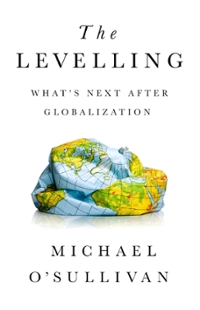Question
Y7 Many companies offer discount coupons for their own products, which results in price discrimination. In this problem, we will model Domino's who sells pizza
Y7
Many companies offer discount coupons for their own products, which results in price discrimination. In this problem, we will model Domino's who sells pizza this way. Some consumers bother to look up and apply coupons, while others do not bother and pay the full price. For simplicity, we will assume that Domino's behaves as if it were a monopoly, meaning that when Domino's changes its prices, other companies in the pizza business do not care.
Consumers who use coupons have demand given by !=1208
and consumers who do not use coupons have demand given by "!=1204
(a) For the same level of price, which group of consumers has lower (in absolute value) price elasticity? Explain. Suppose the marginal cost of one pizza for Domino's is =6 and fixed costs are =0.
(b) If Domino's charged separate prices for the two groups of consumers, what would it charge? What would be the profits of the firm?
(c) If Domino's charged one uniform price for both groups of customers, what would be that price? What is the percentage change in Domino's profits compared to (b)?
More realistically, Domino's likely incurs substantial fixed costs. Suppose Domino's overall fixed costs are > 0. (d) Suppose that, in real life, Domino's profits are approximately equal to 10% of its revenue under price discrimination. What is the value of ? Would the firm remain profitable without price discrimination?
Step by Step Solution
There are 3 Steps involved in it
Step: 1

Get Instant Access to Expert-Tailored Solutions
See step-by-step solutions with expert insights and AI powered tools for academic success
Step: 2

Step: 3

Ace Your Homework with AI
Get the answers you need in no time with our AI-driven, step-by-step assistance
Get Started


